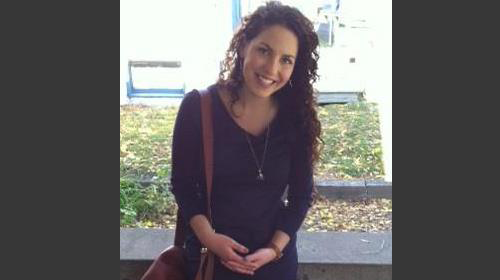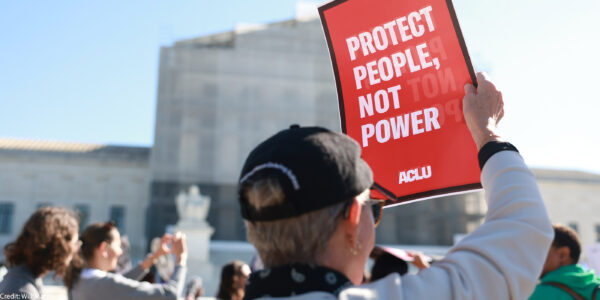
When Proposal 2 passed in 2006, it banned race-conscious college admissions policies in Michigan. I was only 16 — too young to vote but old enough to know it would affect the quality and accessibility of education in Michigan. After growing up in a district with a notoriously wide opportunity gap, I felt compelled to find a way to fight this destructive decision.
I became a plaintiff in a case contesting the constitutionality of Proposal 2, which will be heard by the Supreme Court on October 15, because the lack of diversity on campus affects not just me and my peers, but the quality of education being provided to future generations
When I started school at University of Michigan as a transfer student in 2009, the student body was composed mostly of students admitted before the passage of Proposal 2, and its diversity reflected this. Yet over the next few years, I witnessed firsthand as this diversity declined, bringing the level of discourse and academic rigor down with it.
As a graduate of the University of Michigan's School of Education, this decline was particularly troubling. As we entered public schools as student-teachers, my peers and I were confronted with a tough realization --our mentor teachers were doing creative, necessary work to build equitable classrooms, yet many of us were not prepared to participate. The School of Education is nationally recognized as one of the best teacher preparation programs in the world. However, the vast majority of its students are white and middle-class. No matter how rigorous the curriculum or varied the content of the teacher education program, it cannot prepare teachers to teach all students equitably if they are not learning in universities that reflect the diversity of the K-12 classrooms they will enter.
The education program at University of Michigan is actively seeking to build a more diverse study body, but there have been roadblocks. Because of Prop 2, admissions officers at U of M cannot consider the race of student applicants as even one factor among many in deciding who would best contribute to the university community and the broader goals of diversity. Conversely, prospective students whose parents are alumni are welcome to call up the admissions office and let them know that they should give a second look to a legacy applicant. But if my classmates and I want to tell the university to consider race of one of many factors, the only thing we could do is enact a constitutional amendment. And I don't have $5 million lying around, which is what experts say is the bare minimum it costs to launch such a campaign.
Without an ability to attract and train a diverse student body, future teachers will continue to be largely homogenous, entering classrooms without cultural competence. Today I teach in an elementary school in the Brownsville neighborhood of Brooklyn, N.Y. My classroom is named after the University of Michigan and my students are all called "Future Wolverines." They sing "Hail to the Victors" to celebrate learning the parts of speech. I put my college education to use every day as I design curriculum and build community among my kids. However, I wonder if I could have offered my students—the vast majority of whom are African-American--a better, more reflective instruction if Prop 2 had not passed. I wonder if they will have a chance to see themselves among the graduates of U of M.
At 16, I believed that Proposal 2 would change higher education in Michigan. Today, I understand those consequences all too well. I hope the Supreme Court recognizes this so that my students have an opportunity I didn't have -- to learn in a diverse university environment that reflects the world we live in.
Learn more about affirmative action and other civil liberty issues: Sign up for breaking news alerts, follow us on Twitter, and like us on Facebook.



